As a small business owner, you don’t need to be told that running an enterprise has its fair share of risks. Learning to deal with them effectively is critical if your business is to prosper and grow. But what is risk management, and how can you and your team get better at it? Here are some risk mitigation tips from the expert insurance brokers at All Star Brokers that will help you put your small business on safer ground.

1. Implement Rigorous Financial Management Practices
Poor financial management sees many small businesses fail. From bad debts to cash flow crunches, there are risks aplenty for owners who don’t keep an eagle eye on their incomings and outgoings. Here are some strategies to ensure robust financial health:
Develop a Detailed Budget: Creating a comprehensive budget that outlines all expected income and expenses is crucial. This helps in tracking financial performance and making informed decisions.
Expense Forecasting: Regularly forecast your expenses to anticipate future financial needs. This practice allows you to allocate resources efficiently and avoid surprises.
Monitor Cash Flow: Keep a close watch on your cash flow. Implementing tools and software can help you track your finances in real-time, ensuring you are always aware of your financial standing.
Build a Financial Buffer: Set aside a reserve fund to cover unexpected expenses or lean times. A financial buffer can help your business stay afloat during difficult periods.
Seek Professional Advice: Consulting with a financial advisor can provide valuable insights and strategies tailored to your business needs.
2. Diversify Your Revenue Streams
Putting all your eggs in one basket is rarely a good idea. Relying too heavily on a single customer, product, or service could send your business into a tailspin if market conditions change or your biggest buyer decides to move on. Diversifying your revenue streams can help reduce this risk and make your enterprise more resilient to sudden shifts.
Expand Product/Service Offerings: Explore opportunities to add new products or services that complement your existing ones. This can attract a broader customer base and create additional revenue streams.
Target New Markets: Identify and target new markets to reduce dependency on a specific customer segment. This can involve geographic expansion or tapping into different industries.
Collaborate and Partner: Forming strategic partnerships with other businesses can open up new revenue opportunities. Collaborations can help you reach new customers and share resources.
Invest in Marketing: Effective marketing strategies can attract diverse customer segments and reduce reliance on a single source of income.
Regularly Review and Adapt: Continuously evaluate your revenue streams and adjust your strategies based on market trends and customer feedback.

3. Develop a Business Continuity Plan
Fail to plan, plan to fail, as the old saying goes. That’s why it pays to develop a detailed business continuity plan; one that identifies the key risks that could potentially disrupt your business and outlines how you’ll respond to them. Testing and revising your plan regularly will ensure it remains fit for purpose.
Risk Assessment: Conduct a thorough risk assessment to identify potential threats to your business. This can include natural disasters, cyber-attacks, supply chain disruptions, and more.
Create Response Strategies: Develop clear strategies for responding to each identified risk. This should include steps to mitigate the impact and ensure business operations can continue.
Establish Communication Plans: Ensure there are effective communication plans in place to keep employees, customers, and stakeholders informed during a crisis.
Backup and Recovery: Implement robust data backup and recovery procedures to protect critical information and ensure quick restoration of operations.
Regular Testing and Updates: Regularly test and update your business continuity plan to address new risks and changes in your business environment.
4. Strengthen Your Cyber Defences
In today’s times, the danger posed by hackers and cyber-criminals is real and rising. Attacks can be disruptive and expensive: in a worst-case scenario, a significant incident could be sufficient to put your small business out of business. Implementing stringent cyber security practices can reduce the risk of falling victim to an attack.
Strong Passwords: Encourage the use of strong, unique passwords for all accounts. Consider implementing a password manager to enhance security.
Multi-Factor Authentication: Use multi-factor authentication (MFA) to add an extra layer of security. MFA requires users to provide two or more verification factors to gain access.
Regular Backups: Ensure that all critical data is regularly backed up and stored securely. This can help in quick recovery in case of a cyber-attack.
Cyber Awareness Training: Conduct regular cyber awareness training for employees to educate them about potential threats and safe practices.
Invest in Security Software: Utilise advanced security software to protect against malware, phishing, and other cyber threats.
5. Maintain Adequate Insurance Cover
Your business will evolve over time, and so should the insurance you invest in to protect its operations and assets. Reviewing your policies at least annually to ensure they’re aligned with your current activities and risk profile means you should have adequate coverage in the event of an incident.
Regular Policy Reviews: Schedule annual reviews of your insurance policies to ensure they still meet your business needs. Adjust coverage as your business grows or changes.
Understand Your Coverage: Make sure you understand what each policy covers and identify any gaps that need to be addressed.
Consult an Insurance Broker: Working with an insurance broker can provide expert guidance and help you find the best policies for your business. They can leverage their relationships with multiple underwriters and insurers to source the best coverage at the best prices.
Tailored Insurance Solutions: Consider tailored insurance solutions that are specific to your industry and business type. This ensures comprehensive protection.
Keep Up with Changes: Stay informed about changes in the insurance market and new products that might benefit your business.
Enlisting Expert Assistance
Risk management in business isn’t always straightforward, and it can be difficult to gauge whether your mitigation measures are adequate. That’s why it pays to work with a broker who has expert knowledge of the small business sector. Armed with an understanding of your business and budget, they can help you source appropriate, cost-effective insurance cover that will protect your enterprise now and into the future.
“A good broker has relationships with multiple underwriters and insurers and will leverage them on your behalf, to source the best policies at the best prices,” Steadfast Technical Manager Annette O’Brien says. “It’s a good way to take some of the hard work and hassle out of risk management in business.”
Cover to Protect Your Enterprise in All Sorts of Times
Being prepared for accidents and incidents is important – and so is having insurance in place to help your business recover should the worst occur. If you’d like more information on how to manage risk in business, one of our trusted insurance brokers stands ready to assist.
Important notice
All information in this article is of a general nature only. This information does not take into account your specific objectives, financial situation or needs. It is also not financial advice, nor complete, so please discuss the full details with your All Star Brokers insurance broker. Information is subject to change.
Steadfast Group Ltd ACN 073 659 677
Important notice – Steadfast Group Limited ABN 98 073 659 677 and Steadfast Network Brokers
This article provides information rather than financial product or other advice. The content of this article, including any information contained in it, has been prepared without taking into account your objectives, financial situation or needs. You should consider the appropriateness of the information, taking these matters into account, before you act on any information. In particular, you should review the product disclosure statement for any product that the information relates to it before acquiring the product.
Information is current as at the date the article is written as specified within it but is subject to change. Steadfast Group Ltd and Steadfast Network Brokers make no representation as to the accuracy or completeness of the information. Various third parties have contributed to the production of this content. All information is subject to copyright and may not be reproduced without the prior written consent of Steadfast Group Limited.
